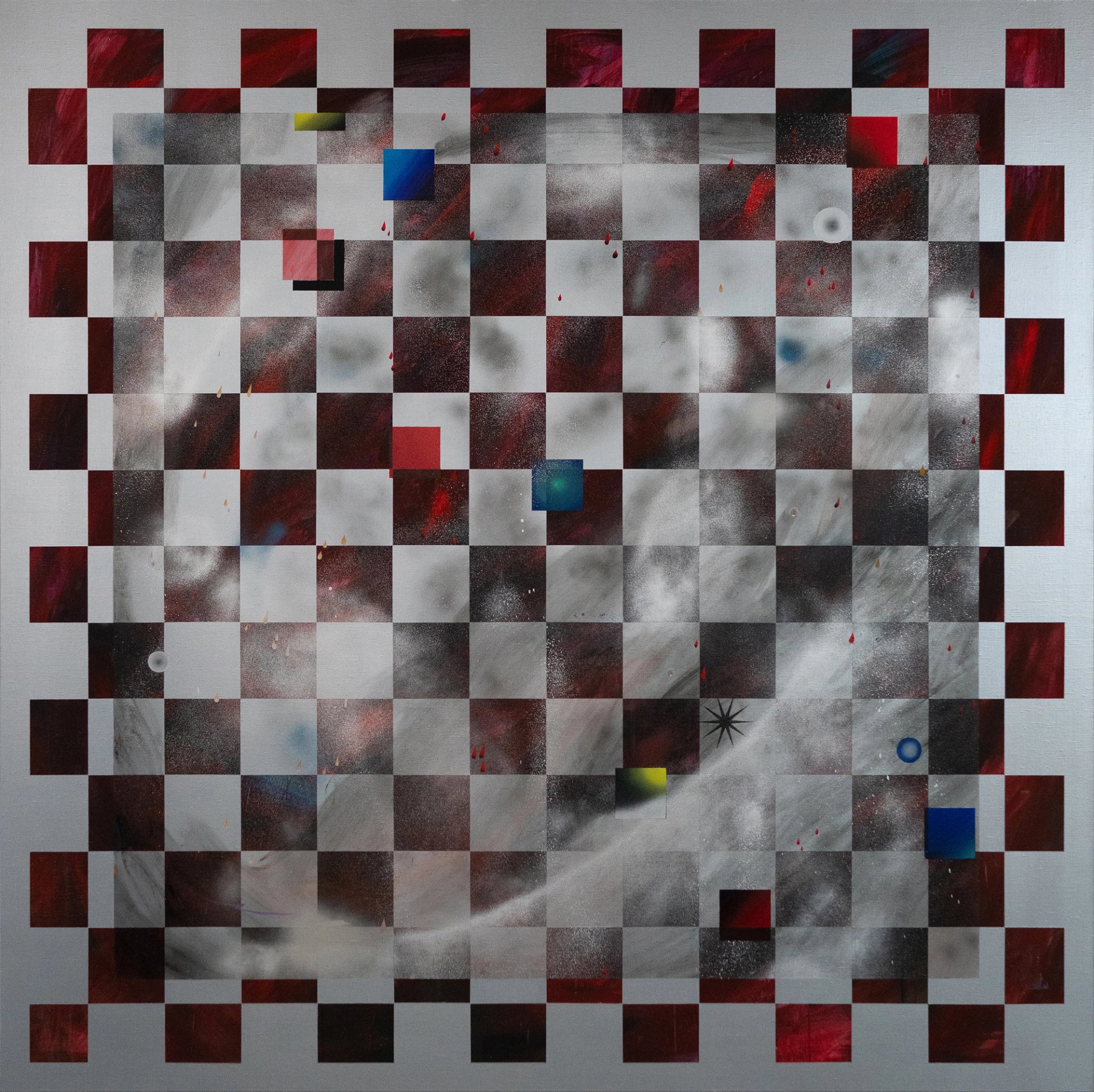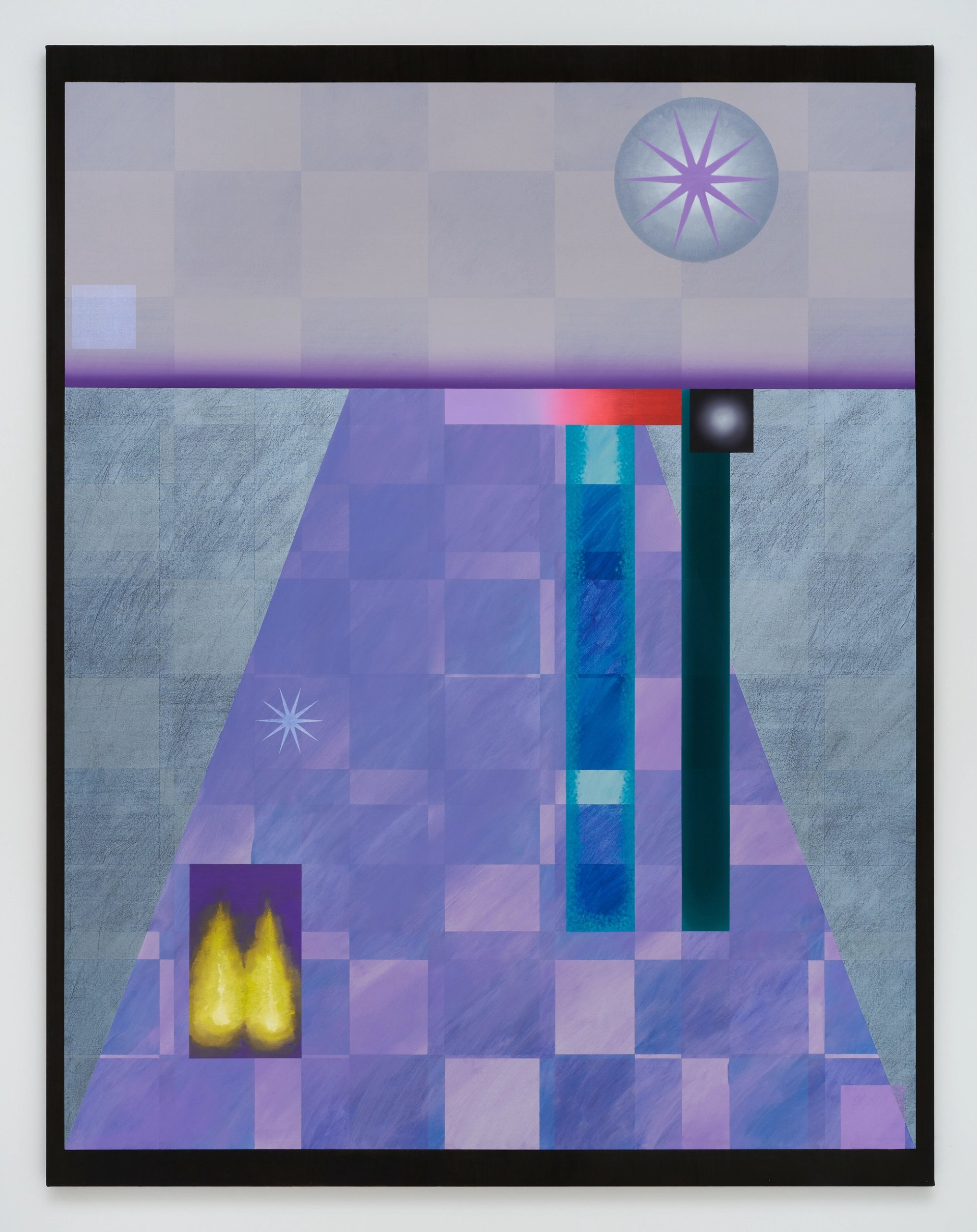Min ha Park: ‘I think about creating situations where things don’t immediately explain themselves’
A selection of Korea’s most exciting contemporary artists have been selected for this year’s Korean Artists Today, a long-term project which will see a cohort of artists chosen each year for their potential to make it on the global stage. See the full list here.
Min ha Park began creating art as a kind of “teenage rebellion”, she says. She studied classical music in her youth in Seoul and trained as a violinist. As she entered her teenage years, she started to rethink her relationship with the compositions she was playing. “I realised I didn’t want to read or interpret someone else’s score anymore—or wait for someone else to interpret mine,” she says. “I wanted to create entirely on my own, without needing a mediator. That’s probably when art started to feel really necessary to me.”
Min ha Park, born in Seoul in 1984, studied in the US at the School of Visual Arts in New York and at Yale University
Courtesy the artist; Photo: Inki Kang
This sparked a creative drive, and in 2002 Park moved to New York to study at the School of Visual Arts. During this time, she explored different art forms, experimenting with disciplines like printmaking and digital art. While in New York, she began to view Seoul in a new light. “The apartment complex where I grew up in Seoul was full of ginkgo trees,” she says. “In autumn, the whole neighbourhood would turn completely yellow, and in spring, it would flush red with azaleas. When I moved to New York, I realised how much I missed that—watching the seasons change so vividly. I think that sense of longing, or noticing time through landscape, still stays with me.”
This interest in changing landscapes grew stronger in 2008 when Park was awarded a residency in Woodstock, New York, through the Pollock-Krasner Foundation. This experience changed her viewpoint of art fundamentally, leading her to take up painting as her primary practice. “Before, I was always searching for a specific ‘subject’ to paint,” she says. “But in Woodstock, surrounded by nature, I realised I didn’t need a fixed subject. I could just respond to the conditions—to light, air, colour, energy.”

The Pit (Swarm) (2023)
Courtesy of the artist. Commissioned by ARKO. Photo: Yongjoon Choi © Min ha Park
From there, Park went on to earn her MFA in painting from Yale University in 2011. She has since become known for her luminous, abstract paintings that capture the ephemeral, intangible aspects of nature, such as light shining through fog or rain streaking across the sky.
Park often uses ethereal colours, in particular silver, to mirror the unfixed, fleeting aspects of nature she hopes to convey. She furthers this through her materials, using different paints to achieve specific results on the surface. Spray paint, for example, allows her to convey motion and depth, enlivening a flat image. Using wax, she builds thin, transparent layers, adding subtle texture. She also often uses oil paint, which she says “makes time visible on the surface, like the painting is still negotiating with itself”.
Recently, Park moved out of the studio she had been using for more than ten years into a bigger space just outside of Seoul, which has allowed her to connect with nature in different ways. “Driving back and forth, I’ve been spending a lot of time on the highway—longer, wider roads, more sky,” she says. She recently expanded her practice into the realm of performance, working as art director with the choreographer Yanghee Lee on a piece entitled Shimmering.

Nostos, Drizzling (2024)
Courtesy the artist and Whistle. Photo: Ian Yang © Min ha Park
Though she might draw inspiration from specific experiences, Park keeps her sources vague. “I don’t really try to deliver a clear message,” she says. “But I do think about creating a situation, a space where things don’t immediately explain themselves. Different moments or states layer on top of each other and things can stay a little complicated, a little unresolved, instead of describing something closed and very specific. Hopefully, someone spends time with that space and maybe becomes a little more aware of how they look at things, how they direct their own seeing.”




